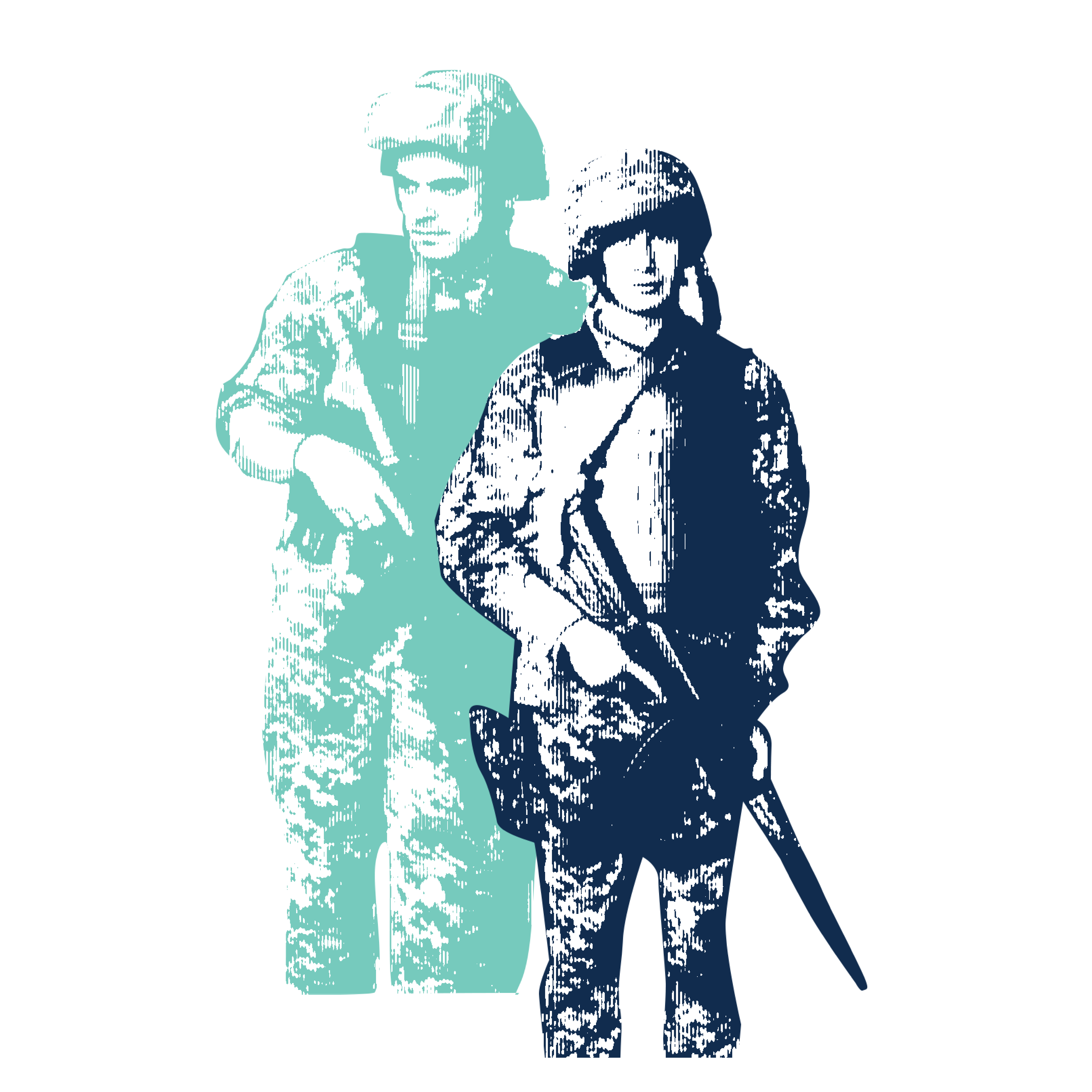The Pulitzer Center organized a workshop with the University of Chicago on developing new strategies for teaching students about contemporary Arab societies across North Africa and West Asia using global journalism. The professional development workshop, hosted in February 2017, provided 30 K-12 and post-secondary educators with resources to teach their students about the Middle East and was organized with The University of Chicago's Center for Middle Eastern Studies and the Center for Arabic Language and Culture.
Pulitzer Center Senior Education Manager Fareed Mostoufi led the workshop with the support of Chicago-area educators, and Pulitzer Center education partners, Anne-Michele Boyle and Tracy Crowley. Presenters led educators through an in-depth exploration of the groundbreaking The New York Times Magazine article "Fractured Lands: How the Arab World Came Apart," and introduced resources and strategies they had used to connect the article to middle school and high school students.
"Fractured Lands," which was supported in part by the Pulitzer Center, analyzes the unraveling of the modern Middle East from the invasion of Iraq in 2003 to the rise of ISIS and the global refugee crisis through the eyes of six subjects. This landmark project, which was published as the entire August 2016 issue of the The New York Times Magazine, includes photos by Paolo Pellegrin, a virtual reality film by Ben Solomon, and a 43,000-word feature by Scott Anderson.
Educators spoke directly with Anderson over Skype as part of the session. They also heard from grantee Jeanne Carstensen, who has reported on the Middle East refugee crisis from the island of Lesbos, Greece. Throughout, educators participated in exercises used by Mostoufi, Crowley, and Boyle to support students' exploration of "Fractured Lands" and other reporting from the Middle East. Alex Barna, Outreach Coordinator at the Center for Middle Eastern Studies at the University fo Chicago, also presented educators with a glossary of key terms from the article.
In an initial warm-up exercise, teachers shared their knowledge of the region covered in "Fractured Lands" using post-it notes. At the end of the session, teachers added new information they learned about the region through their conversation with Anderson and Carstensen using different colored post-it notes. The exercise was initially developed by Crowley, Information Literacy Specialist for the Community Consolidated School District 21 in Wheeling, Illinois, and Holmes Middle School Global Studies Teacher Faraz Chaudry. The unit plan for 8th grade students that they developed in connection with "Fractured Lands" is now being taught to a third class of Global Studies students at Holmes Middle School. It is also available on the Pulitzer Center Lesson Builder.
Crowley also shared her experience with teaching students, who she said "wanted more and more" and "did not want to stop learning about [refugee crisis in the Middle East]." She added that it is essential to teach this topic effectively because students want to learn and talk about the current global issues in the world.
Boyle, a World History Teacher at Whitney M. Young High School in Chicago, shared a series of exercises with teachers that she used to guide her students in developing children's books inspired by "Fractured Lands." She also explained the impact of posting student work capturing the timeline of "Fractured Lands" outside of the cafeteria at Whitney M. Young. "My students became mini-guides in the lunchroom lines," she said.
At the start of the session, Mostoufi asked teachers to consider, "What do you think of when you think of home?" They responded with "comfort, community, safety, love, inclusivity, diversity and acceptance." When asked to continue examining the idea of "home" as they learned more about the subjects of Anderson's and Carstensen's reporting, teachers reflected on how similar their personal reflections were to the desires of refugees from the Middle East. This "brought to surface the humanity of refugees," said one educator as part of a post-workshop evaluation.
In their feedback on the workshop, educators also said that they were excited to meet the journalists, received "excellent" and "adaptable" ideas to teach this material in class, and enjoyed the resources provided to them in the discussion.
"I think the entire program was awesome. The earnestness with which each presenter approached the subejct was inspiring," wrote one participant in a final evaluation. "I actually walked away with ideas and materials that I can use."
"Outstanding job of connecting the work of journalists with the curriculum," wrote another participant. "I am so glad I came."
The Pulitzer Center plans to continue developing partnerships and education programming to connect "Fractured Lands" to schools and communities around the world. If you are interested in connecting with us to bring this story to your classroom, email [email protected].






















